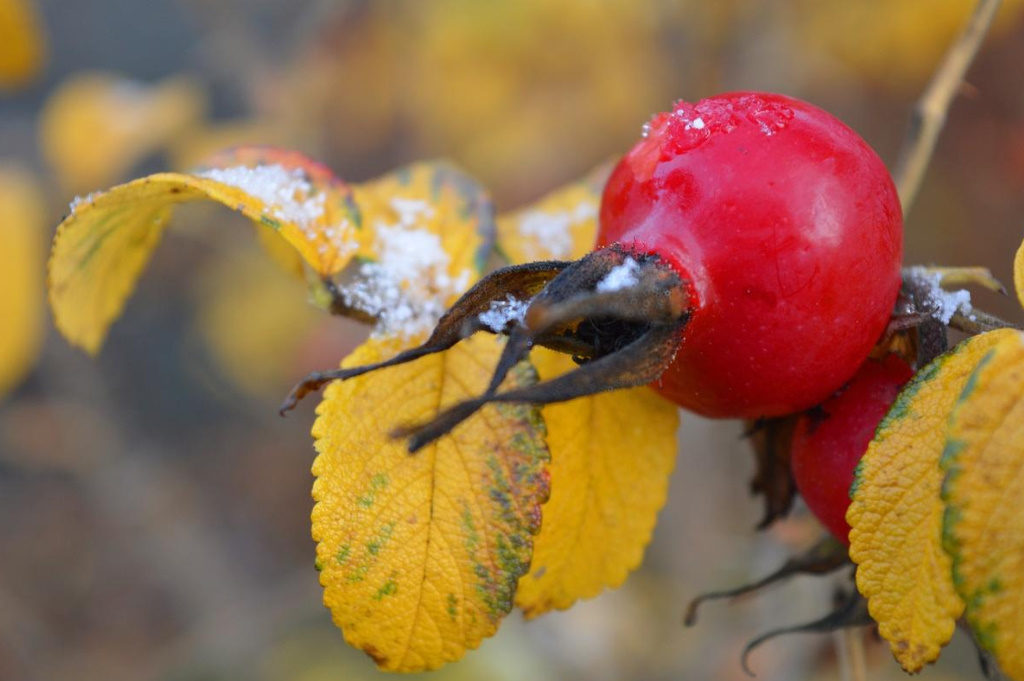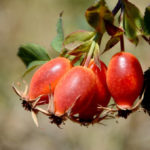Rosehip fruits have long been valued for their high content of vitamins and are used by folk medicine as a medicinal raw material.
Many-sided rose hip: features of species
Rose hips are very diverse-botanists did not even come to a consensus about the number of species of this plant: according to various sources, there are from 300 to 500 and even more. The number of cultivated varieties is already in the tens of thousands. But from a practical point of view, perhaps, it makes sense to get acquainted with only a few of the most common species in our territory that have healing properties.
Almost everywhere you can find Rosa majalis. It is a perennial shrub, reaching a height of two meters, with shiny thin red-brown branches. On flowering shoots-rare downward-curved spikes, solid, located at the base of leaf petioles; on non-flowering shoots and at the bottom of the branches spikes numerous, straight or slightly curved, small. The leaves are complex, pinnate, consisting of thin elliptic or ovate leaflets. The flowers are pink, large (up to 7 cm in diameter), consisting of 5 petals. False fruits are spherical or ovoid, bright orange or red. At the top of the fruit preserved sepals.
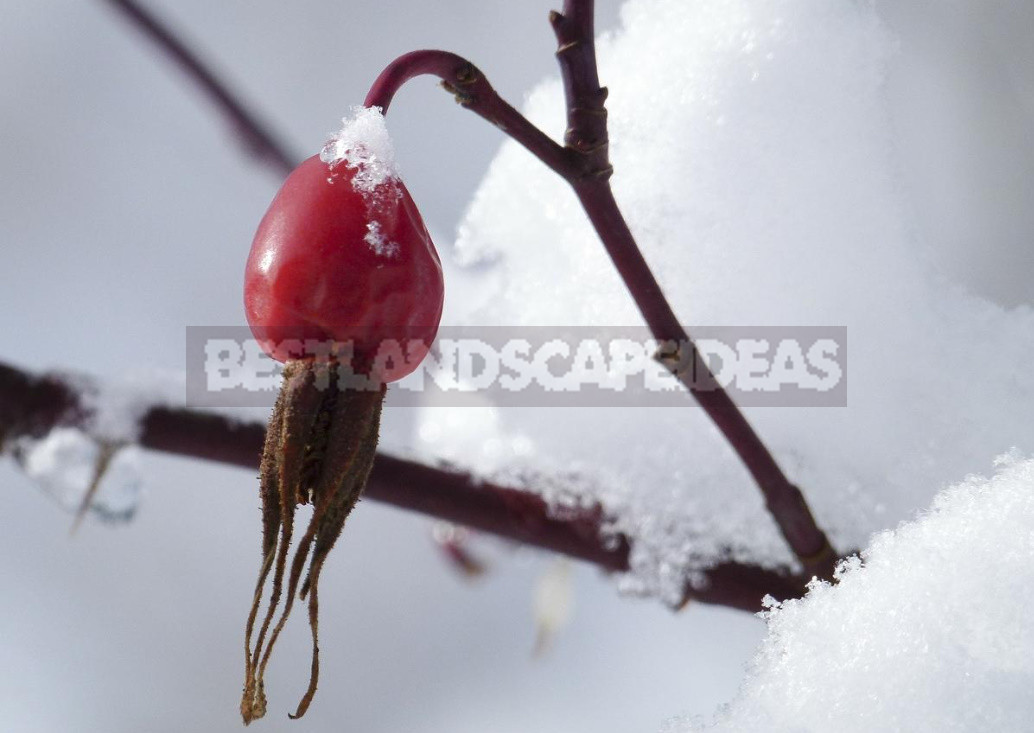
It is this type that is most often used for medicinal purposes, which is due to both its prevalence and the high content of nutrients: vitamins C, K, P, B2, carotene — in fruits, vitamin E — in seeds.
But another common species — Rosa canina-is not of real value as a vitamin raw material, because the content of ascorbic acid in it is quite low. However, it is distinguished by a pronounced choleretic effect, which is used not only by traditional medicine, but also by the pharmaceutical industry: Rosa canina serves as a raw material for the manufacture of a drug used in diseases of the liver and gallbladder.
Unlike the fruits of Rosa majalis, Rosa canina sepals fall early. False fruits are bright orange, oval. The flowers are pink, pale pink or white. Shoots are thick, up to 2.5 m tall, green, in the sun can acquire a reddish hue. Thorns on flowering shoots sickle-shaped, numerous, the rest-almost straight.
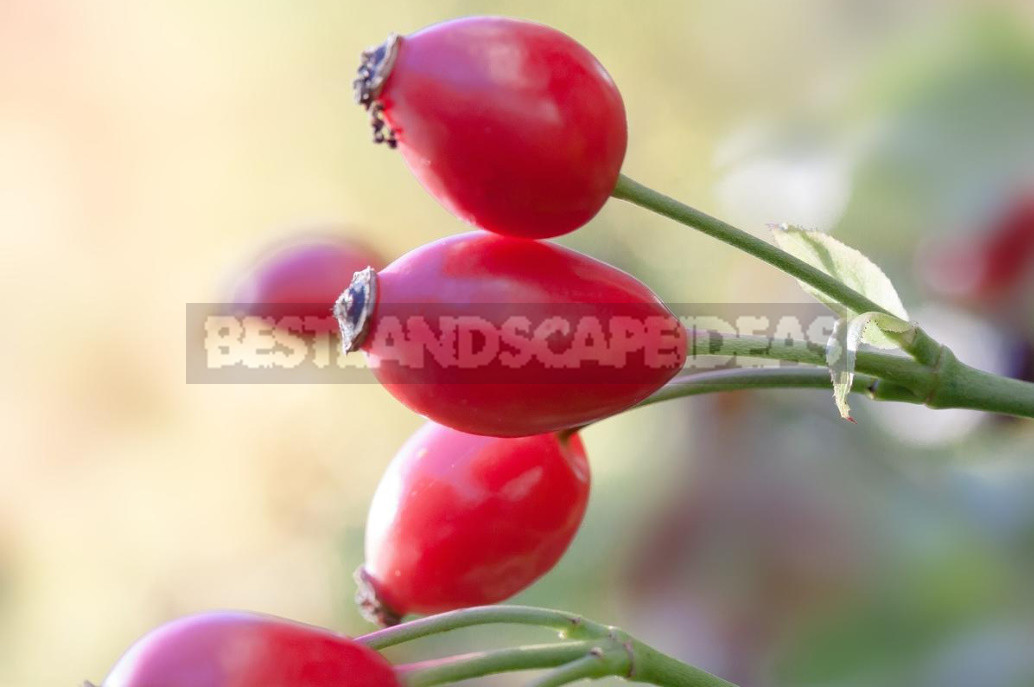
Rosa rugosa is a very popular ornamental plant; in the wild it can be found in the far East. Its thick erect shoots are abundantly covered with thorns; over time, this shrub forms dense impenetrable thickets. Complex pinnate leaves consist of 5-9 shiny wrinkled leaves. The flowers are large, the color varies from dark pink to pale pink, almost white. False fruits are spherical or flattened-spherical, when ripe they acquire a bright orange or red color.
The amount of vitamin C in the fruits of Rosa rugosa is quite high; they are often used for making jams and jams.
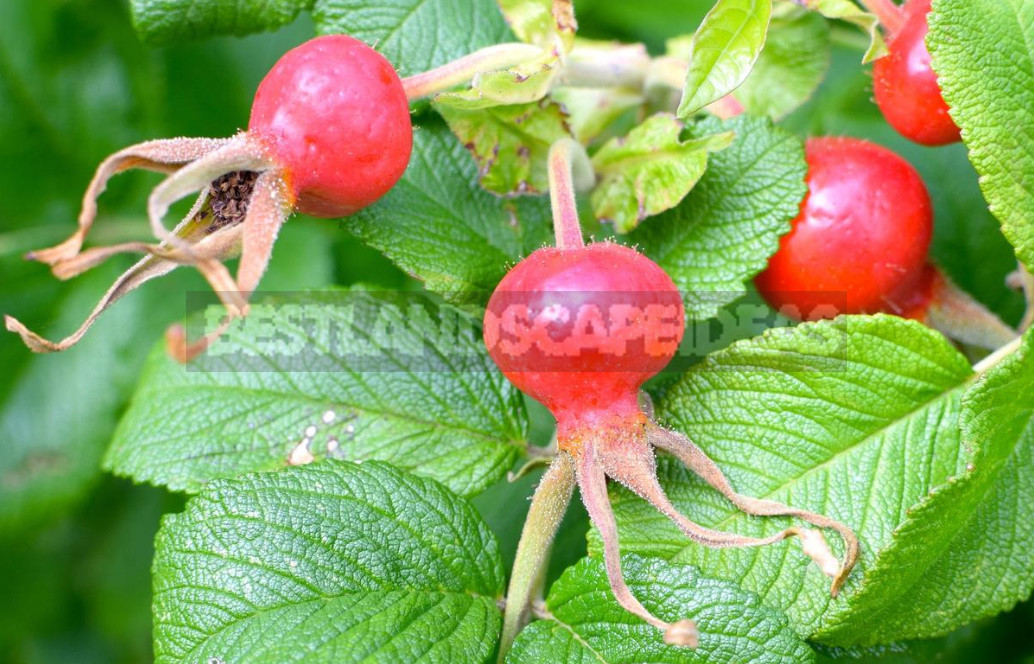
Also among the wild species that are found and suitable for use as a medicinal raw material are Rosa acicularis and Rosa davurica, which grows in the far East.
Useful properties of rose hips
Rosehip fruits are used by folk medicine as a tonic, immunostimulating, restorative, anti-inflammatory, choleretic, diuretic; they strengthen the walls of capillaries, enhance tissue regeneration, beneficial effect on metabolism. Infusions and decoctions of fruits are used for the prevention and treatment of beriberi, colds and flu; with a General weakening of the body and to accelerate recovery after the disease; for the prevention of atherosclerosis and its treatment, as well as diseases of the gastrointestinal tract, joints, skin. Fruits include in the composition of herbal fees used in respiratory diseases, acute and chronic diseases of the liver and gallbladder, urolithiasis.
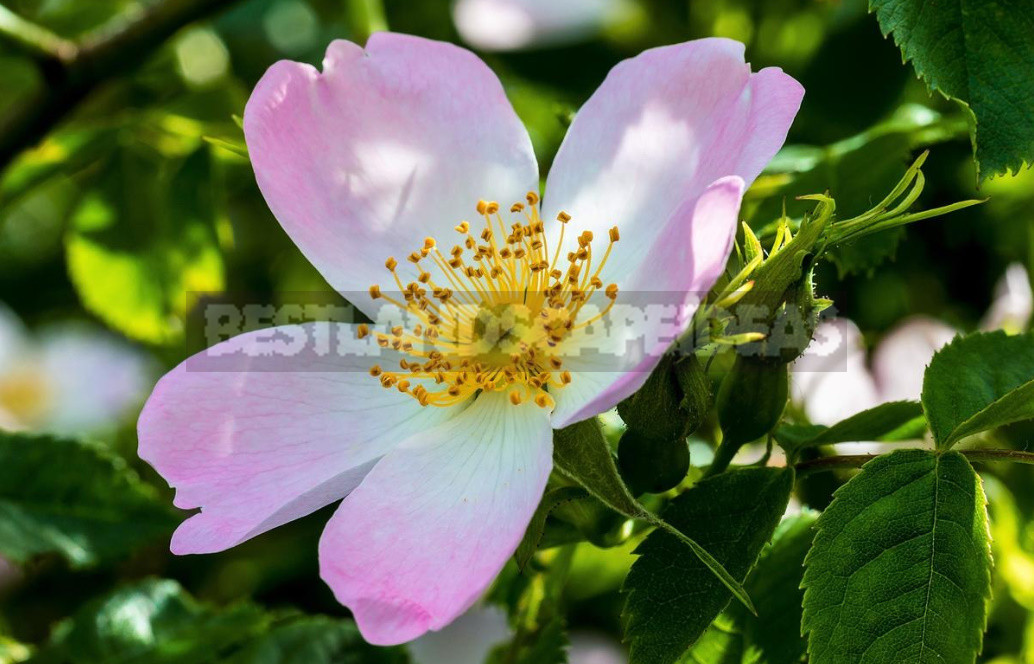
Healing properties have other parts of the plant-roots, leaves, petals, seeds. Rosehip roots in the form of infusions, decoctions and tinctures are used for stones in the kidneys and gall bladder, metabolic arthritis, as well as a tonic and tonic. Rosehip seed oil is used externally – in the treatment of inflammatory diseases of the oral cavity, dermatoses, trophic ulcers, bedsores, eczema.
Rose hips petals are used for the preparation of various cosmetics (lotions, decoctions); syrups and jams are made of them; they are included in the composition of tonic and vitamin herbal teas.
Contraindications to the use of rosehip
As usual, an effective drug usually has contraindications. Rosehip was no exception. Excessive use of its fruits and drugs based on them can lead to disorders of the circulatory system, including the development of tachycardia, increased blood clotting. In the presence of serious cardiovascular diseases, it is necessary to consult a doctor before using such drugs.
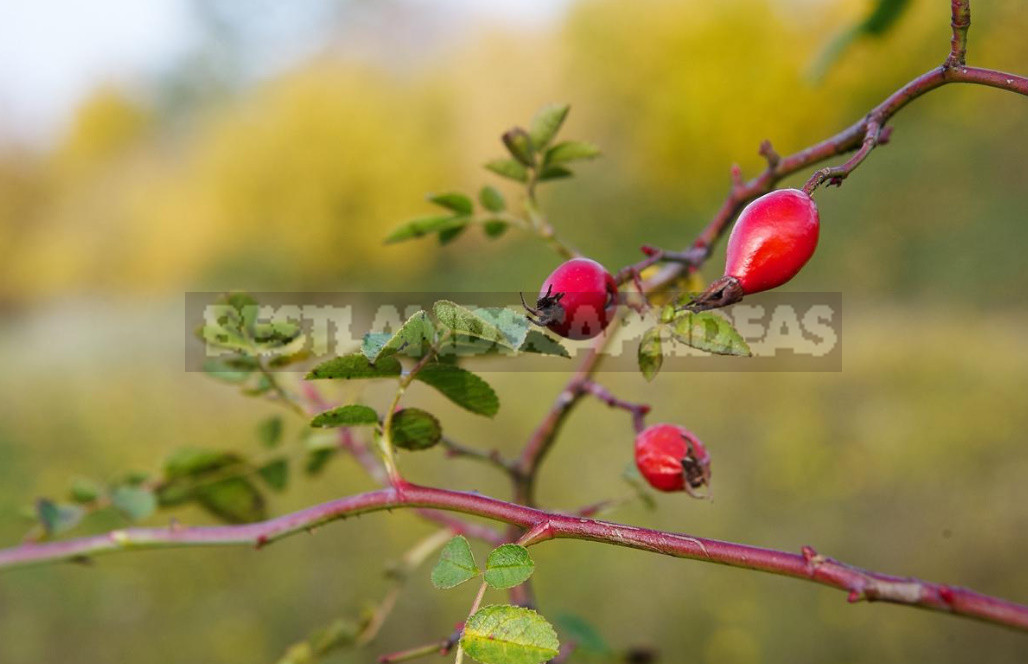
Because of the high acid content, decoctions and infusions of rosehip fruit can have a devastating effect on tooth enamel, so it is recommended to drink them through a straw; it is also advisable to rinse your mouth with water after taking the decoction. For the same reason, you should refrain from using drugs based on rosehip fruits in hyperacid gastritis, gastric ulcer and duodenal ulcer on the background of increased acidity of gastric juice.
When using rosehip fruit for prophylactic purposes, adhere to the recommended doses and do not increase the duration of administration, believing that “it will be more useful”. If you want to use this plant to treat any disease, be sure to consult your doctor and make sure there are no contraindications.
Preparation of medicinal raw materials
Rosehip fruits are harvested when their shell has already acquired a characteristic color, but still remains solid. Soft, damaged, frozen fruits are unsuitable for harvesting. Dried raw materials collected immediately after collection at a temperature of + 80…+90 degrees. If the fruits do not stick together and retain their natural color and flavor after drying, they are harvested correctly. They can be stored no more than 2 years.
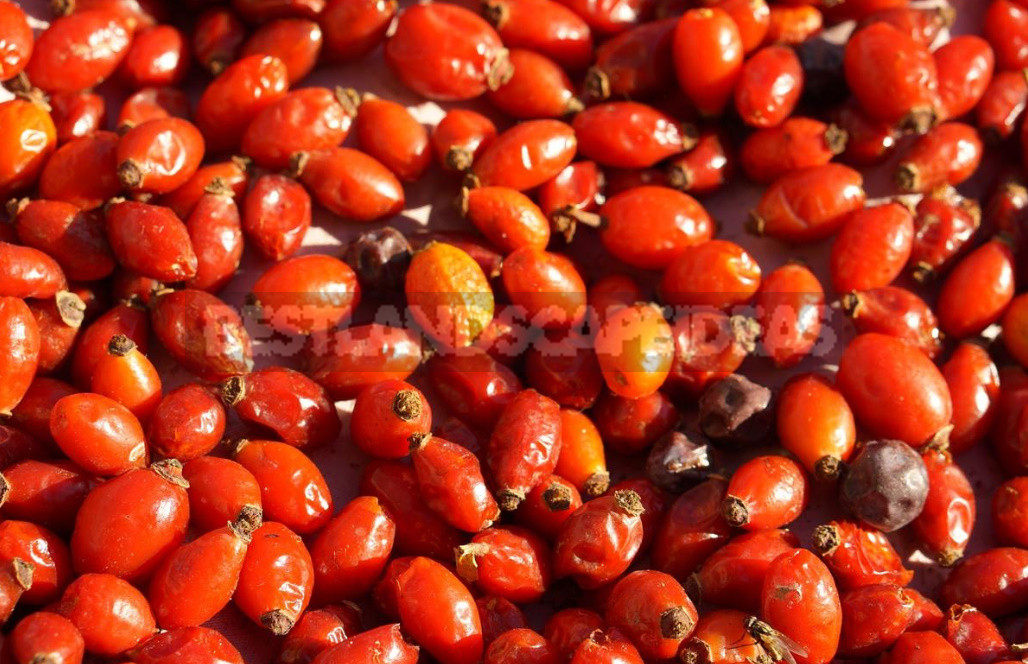
Rosehip leaves are collected and dried throughout the summer. The roots are harvested in the fall-dig, shake off the ground, washed, crushed and dried. The petals are collected in dry weather with fully blossomed flowers. Dry in the shade under a canopy or in a dryer at a temperature not higher than 35 degrees.
From fresh fruits and petals prepare syrups, jam, wipe them with sugar, add to fruit compotes.
